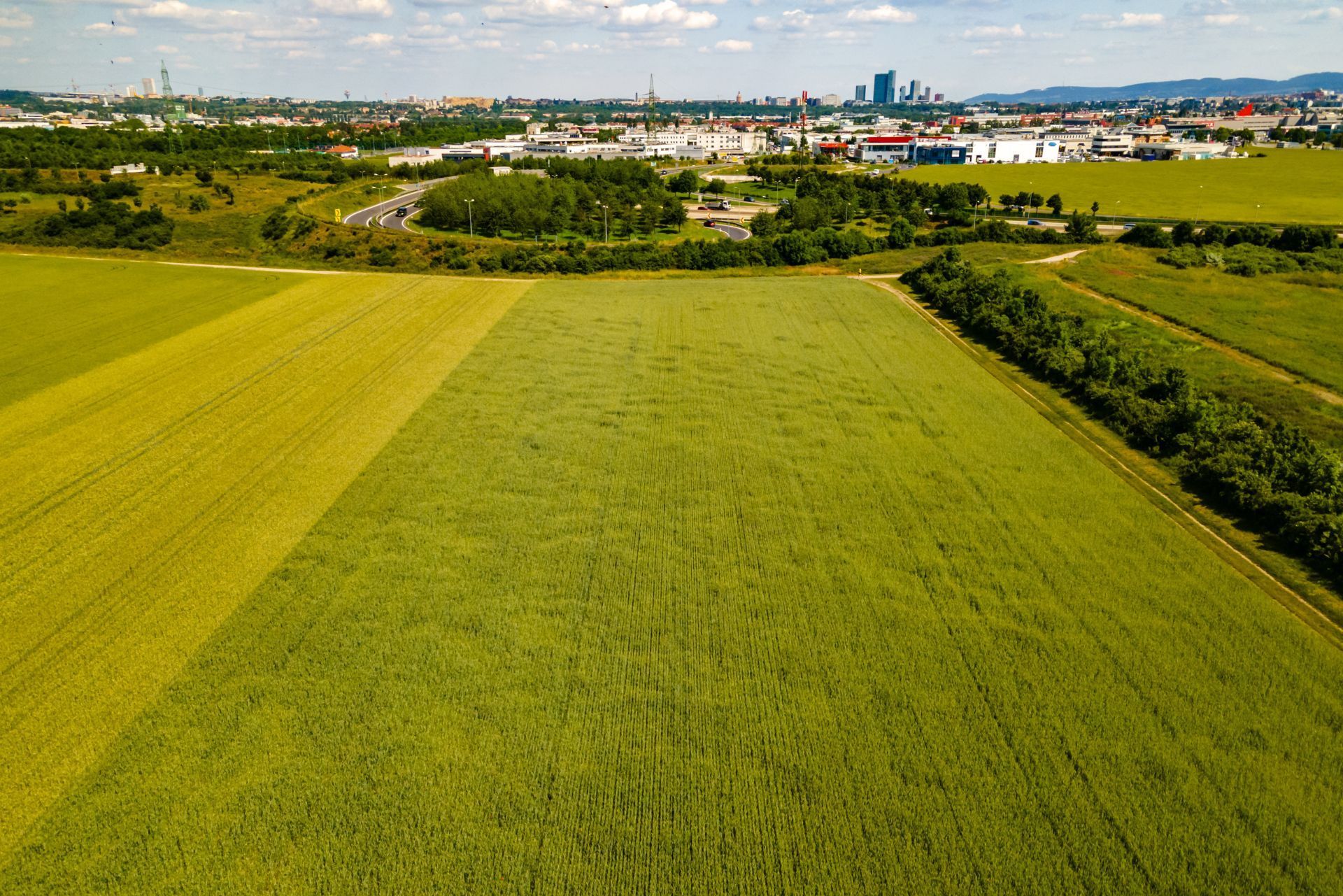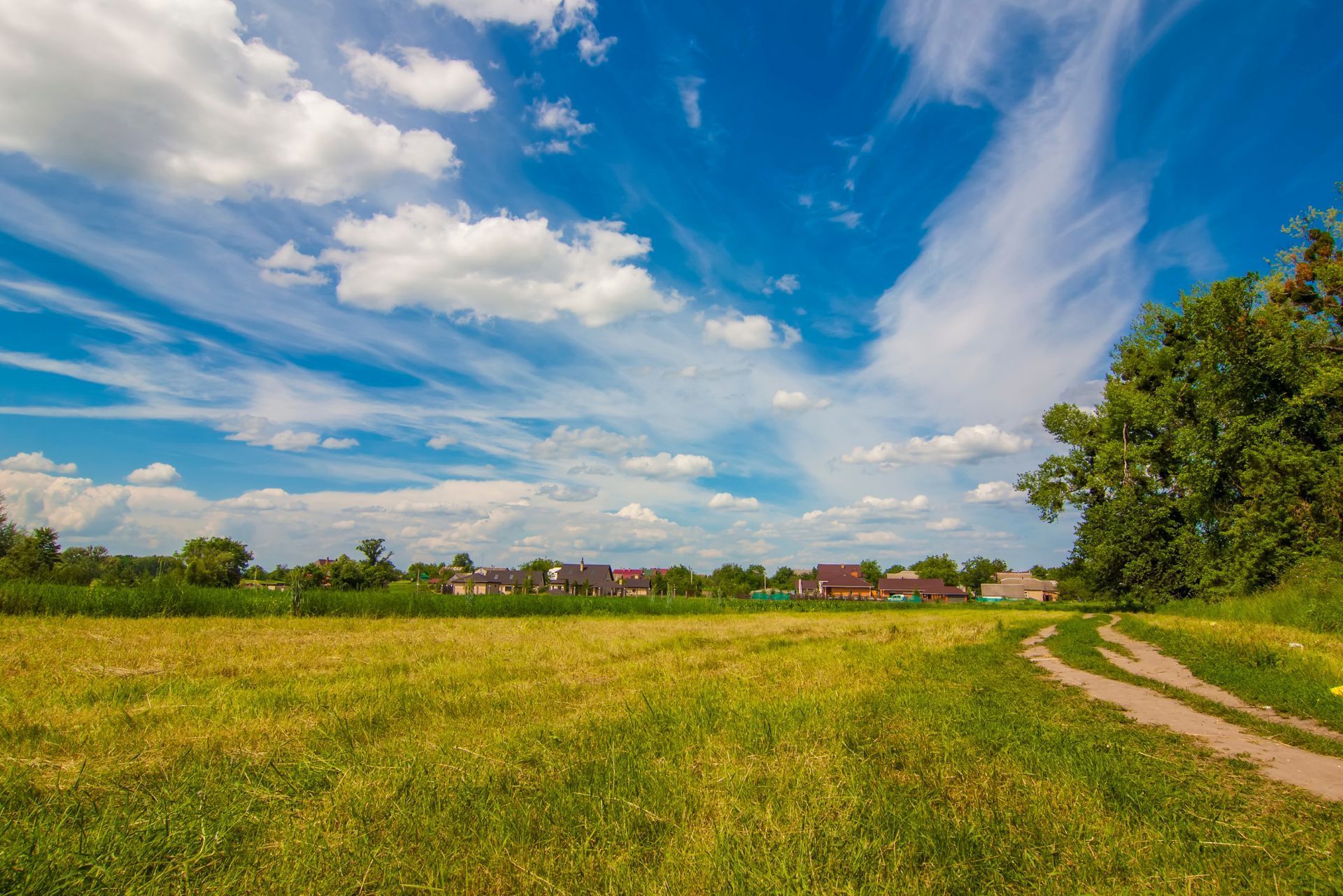Vacant Land Insurance in California

9:00am - 6:00pm Mon-Fri
Will Reply in 15min*
Top 3 Recommended Policies
Index
Understanding Vacant Land Insurance
Key Features of Vacant Land Insurance
The Cost of Vacant Land Insurance
How to Choose the Right Vacant Land Insurance
Legal Aspects of Vacant Land Insurance
Vacant land insurance is a crucial aspect of property ownership that many landowners overlook. Whether you own a piece of land for personal use or as an investment, it is important to understand the ins and outs of vacant land insurance to
protect yourself financially. In this article, we will delve into the various aspects of vacant land insurance, including its definition, key features, cost factors, how to choose the right policy, and the legal requirements associated with it.

Understanding Vacant Land Insurance
Vacant land insurance provides coverage for undeveloped, unoccupied land. Unlike traditional property insurance policies that protect structures and contents, vacant land insurance focuses on the land itself. This type of insurance safeguards against potential risks, such as vandalism, natural disasters, trespassing, or liability claims arising from injuries on the property.
Although the land may not contain any structures, it still carries inherent risks. These risks can be significant, especially if the land is in a high-crime area, prone to natural disasters, or if it has features that may attract unwanted attention.
For example, imagine a vacant land situated near a dense forest. While the land may be untouched and pristine, it could potentially be a target for wildfires during dry seasons. Without proper insurance coverage, the landowner could face substantial financial losses if a wildfire were to occur.
Furthermore, vacant land insurance not only protects against physical damage but also provides liability coverage. This means that if someone were to enter the vacant land without permission and get injured, the landowner would be protected from potential lawsuits.
Common Misconceptions About Vacant Land Insurance
One common misconception about vacant land insurance is that it is unnecessary if the property does not have structures. However, even without buildings, land can be vulnerable to various risks. Vandals may damage or deface the land, causing financial losses. Natural disasters, such as floods or wildfires, can also wreak havoc on vacant land. Therefore, having vacant land insurance is crucial to protect your investment.
Consider a scenario where a vacant lot is located in an area known for frequent flooding. Without proper insurance coverage, the landowner could face significant costs in repairing the land after each flood event. Vacant land insurance would provide the necessary protection to mitigate these financial burdens.
Another misconception is that a standard homeowners or property insurance policy will provide coverage for vacant land. This is generally not the case. Homeowners insurance typically only covers the land when it is occupied by a dwelling. If the land is left vacant, it may require a separate insurance policy to adequately protect it.
It is important for landowners to understand the limitations of their existing insurance policies and ensure they have the appropriate coverage for their vacant land. Failing to do so could leave them exposed to significant financial risks and potential legal liabilities.
In conclusion, vacant land insurance is a specialized type of insurance that provides coverage for undeveloped, unoccupied land. It protects against various risks, including vandalism, natural disasters, trespassing, and liability claims. Despite common misconceptions, vacant land insurance is necessary even if the land does not have structures, as it safeguards against potential financial losses and legal liabilities. Landowners should carefully review their insurance policies and consider obtaining vacant land insurance to adequately protect their investment.
Key Features of Vacant Land Insurance
Vacant land insurance is a specialized type of insurance that provides coverage for various risks associated with owning and maintaining vacant land. Whether you own a small plot of land or a large tract, having the right insurance coverage is essential to protect your investment.
When it comes to vacant land insurance, there are several key features that you should be aware of:
- Vandalism and Theft: Vacant land insurance typically offers coverage for vandalism and theft. This means that if someone damages your property or steals anything from it, you can file a claim and receive compensation for the loss.
- Fire: Fire is another risk that vacant land insurance covers. In the unfortunate event of a fire, your insurance policy will help cover the costs of repairing or rebuilding any structures on the land.
- Natural Disasters: Vacant land insurance also provides coverage for natural disasters such as hurricanes, tornadoes, and floods. These events can cause significant damage to your land, and having insurance can provide you with the financial support needed to recover.
- Liability Claims: Liability coverage is an important component of vacant land insurance. If someone gets injured on your land and files a lawsuit against you, your insurance policy will help cover the legal expenses and any damages awarded.
Coverage Options for Vacant Land Insurance
While vacant land insurance typically offers coverage for the risks mentioned above, it's important to note that the specific coverage options may vary depending on the insurance provider and the policy you choose. It is crucial to carefully review the policy terms and conditions to understand what is covered and what is excluded.
Additionally, some insurance policies may offer optional coverage for specific risks that may be more relevant to your particular piece of land. For example, if your land is in a flood-prone area, you may want to consider adding flood coverage to your policy. This additional coverage can provide you with peace of mind knowing that you are protected against the specific risks associated with your land.
Limitations and Exclusions in Vacant Land Insurance
Like any insurance policy, vacant land insurance also comes with certain limitations and exclusions. It is important to be aware of these to avoid surprises when it comes to filing a claim.
Common limitations and exclusions in vacant land insurance may include:
- Wear and Tear: Insurance policies typically do not cover damage that occurs due to normal wear and tear. It is important to properly maintain your land to minimize the risk of damage.
- Gradual Damage: Gradual damage, such as erosion or subsidence, may not be covered by vacant land insurance. These types of damages often occur over an extended period and are not sudden or accidental.
- Pollution: Vacant land insurance may exclude coverage for pollution-related damages. If your land is contaminated or there is a risk of pollution, it is important to explore additional insurance options to protect yourself.
- Intentional Acts: Insurance policies generally do not cover damages caused intentionally by the landowner or any other individuals. It is important to act responsibly and avoid any intentional acts that could lead to a claim denial.
- Specific Natural Disasters: Some insurance policies may exclude coverage for certain natural disasters like earthquakes or hurricanes. If you live in an area prone to these events, it is crucial to consider additional coverage options to ensure comprehensive protection.
Understanding these limitations and exclusions is crucial when selecting a vacant land insurance policy. Consulting with an insurance professional can help you identify any potential gaps in coverage and explore additional options to protect your land effectively.

The Cost of Vacant Land Insurance
Factors Influencing the Cost of Vacant Land Insurance
The cost of vacant land insurance can vary depending on various factors. Insurance providers consider factors such as the property location, size, value, surrounding neighborhood, proximity to fire hydrants, previous claims history, and the chosen coverage options.
Properties located in high-crime areas or disaster-prone regions may have higher insurance premiums due to the increased risk. Likewise, larger and more valuable pieces of land may also contribute to higher insurance costs.
Tips to Lower Your Vacant Land Insurance Premiums
While the cost of vacant land insurance can be influenced by various factors, there are steps you can take to potentially reduce your premiums. First and foremost, ensuring the land is well-maintained and free of hazards can demonstrate to insurers that the property is lower risk. Installing security measures, such as fences or surveillance cameras, can also help reduce the risk of theft or vandalism, thereby potentially lowering your insurance rates.
Comparing quotes from multiple insurance providers is also a good practice. By obtaining and comparing various policies, you can find the most competitive rates while ensuring the coverage meets your needs. Additionally, combining your vacant land insurance policy with other policies, such as auto or home insurance, under the same provider can sometimes lead to discounted premiums.
How to Choose the Right Vacant Land Insurance
Questions to Ask Before Buying Vacant Land Insurance
Before purchasing vacant land insurance, it is essential to ask the right questions to ensure you are making an informed decision. Some important questions to consider include:
- What specific risks are covered by the policy?
- What is the process for filing a claim?
- Are there any limitations or exclusions to be aware of?
- What is the claims history for the land?
- What is the cost of the insurance premium?
These questions will help you have a clear understanding of the policy terms and make sure the coverage aligns with your needs and expectations.
Comparing Different Vacant Land Insurance Providers
When selecting vacant land insurance, it is beneficial to compare offerings from different insurance providers. Look for companies with experience in insuring vacant land and a good reputation for customer service. Consider factors such as their financial stability, claims process, and any additional benefits they may offer.
You can also seek recommendations from other landowners or consult with insurance professionals who have expertise in this field. Their insights can help you make an informed decision and find the best coverage for your specific piece of land.
Legal Aspects of Vacant Land Insurance
Understanding the Legal Requirements for Vacant Land Insurance
While vacant land insurance is not legally required in all jurisdictions, it is still highly recommended. However, some local ordinances or lenders may mandate insurance for vacant land if certain conditions are met. It is crucial to consult with local authorities and lenders to understand any legal requirements that may apply to your property.
Additionally, liability coverage is particularly important when it comes to vacant land. In the event of an accident or injury that occurs on your land, you could face significant legal expenses. Liability coverage protects you financially in such situations by offering necessary legal representation and covering expenses related to claims or settlements.
Dealing with Disputes and Claims in Vacant Land Insurance
In the unfortunate event that you need to file a claim, it is important to be aware of the claims process and your rights as a policyholder. Familiarize yourself with the steps required to file a claim, the documentation needed, and any time limits specified in the policy.
In some cases, disputes may arise between the landowner and the insurance provider regarding claim settlements or coverage decisions. If you find yourself in such a situation, it is advisable to consult with an attorney specializing in insurance law to protect your interests and ensure a fair resolution.
In Conclusion
Vacant land insurance is a vital component of protecting your investment. By understanding the definition, key features, cost factors, and legal aspects associated with vacant land insurance, you can make an informed decision and safeguard your land from potential risks.
Remember to carefully assess your coverage needs, compare quotes from different providers, and consider engaging professionals who can help guide you through the process. With the right vacant land insurance policy, you can have peace of mind knowing that your land is protected, and potential financial risks are mitigated.



